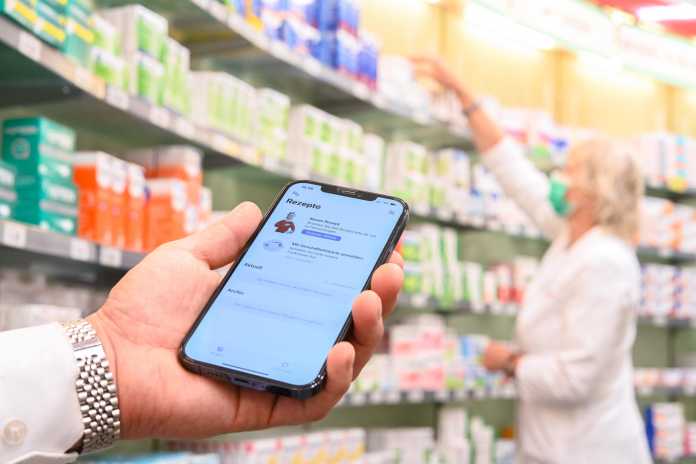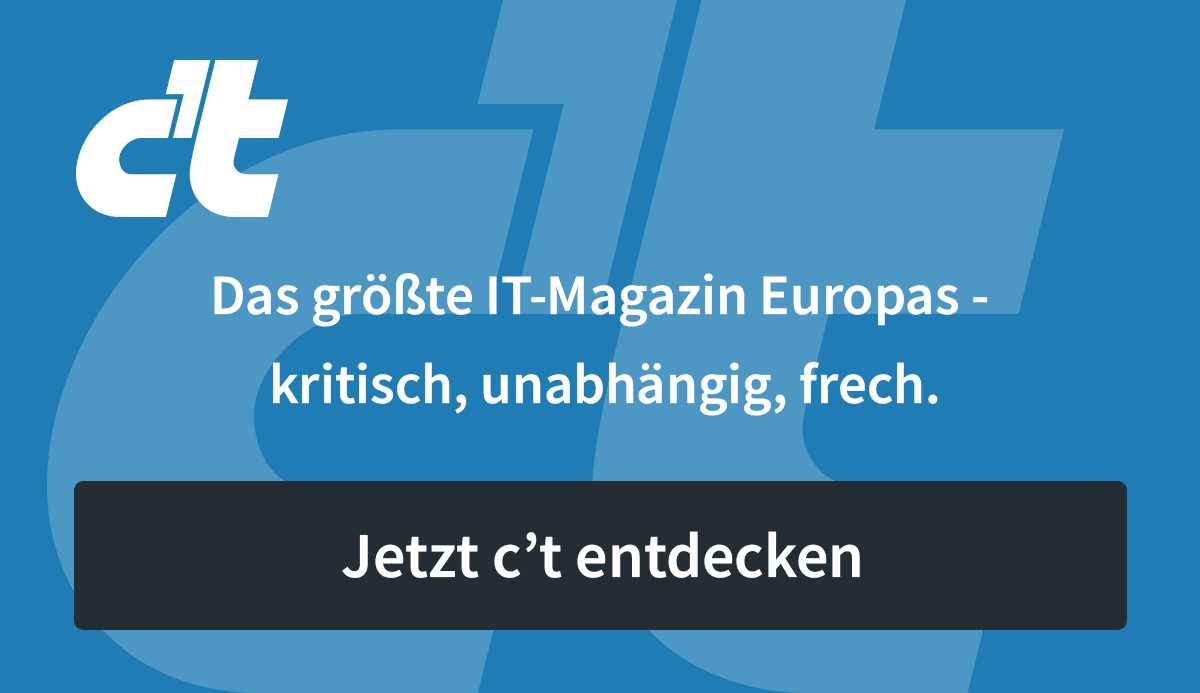The long-delayed e-prescription is to replace the previous paper prescriptions nationwide by January 1, 2024. So that everything really works, it should be tested again from September. This was announced by the Associations of Statutory Health Insurance Physicians in Westphalia-Lippe (KVWL) and Schleswig-Holstein (KVSH). Because the first attempt was too complicated and lengthy, both associations canceled the test at the end of 2022. The new test should prove how easy and fast the e-prescription works.

There are still hurdles in the way. At the end of March, version 1.10 of the Gematik recipe app was released, which simplifies some processes but complicates others. To register the app, the patient must enter the Card Access Number (CAN) printed on the top right of the eGK. Each time he calls up the prescription, he enters a six-digit PIN, which he has to apply for from his health insurance company. He then holds his eGK to the NFC reader of his smartphone. If all the numbers are correct and the smartphone correctly recognizes the card, the server reports with the prescriptions electronically signed by the doctor.
In order to make it easier to remember the PIN, the insured person can exchange it for a six-digit PIN of their choice in the app. Once registered, the connection to the recipe server remains active for up to twelve hours. Patients should initially be able to look at their prescriptions at home. If they then go to a pharmacy, they do not have to handle the eGK again on site or enter their PIN, but only show their smartphone with the e-prescription app open.
Physicians and patient representatives would like simpler procedures in which patients can only redeem their prescriptions with the eGK without an app and PIN. But that is not yet possible. Insured persons who do not have a suitable smartphone or who are unable to cope with the app can have a doctor print out a QR code. With this they go to the pharmacy themselves or send a representative.

In order to redeem a prescription via smartphone, insured persons must enter a six-digit PIN in the e-prescription app.
(Image: Mohssen Assanimoghaddam/dpa)
data for research
Health Minister Karl Lauterbach also plans that 80 percent of all insured persons will use an electronic patient record (EHR) by the end of 2025. To do this, he is converting the current opt-in to an opt-out procedure – only those who actively object will not receive an ePA.
Like the trade magazine e-health-com.de reported shortly before Easter, the “data release for research purposes” of the patient and medication data of the ePA is initially blocked. The ePA server only transmits it to the research data center (FDZ) that is currently being set up if the insured person allows this in the ePA app. At their request, the pseudonymised data are then forwarded from the FDZ Gesundheit to universities and pharmaceutical companies.
New jobs
Since patients unfamiliar with technology are likely to be overwhelmed with the e-prescription and the ePA, a board member of the Brandenburg Association of Statutory Health Insurance Physicians is demanding a digitization subsidy. Each doctor’s practice should receive an additional 8,000 to 15,000 euros per quarter, writes the doctors newspaper. With this money, she is to hire a digital technical assistant (DTA) to support patients in dealing with the e-prescription and the ePA. That sounds like an April Fool’s joke, but it shows how doctors see telematics: as an additional burden, not a relief.
It is unlikely that such funds will be approved. With the Hospital Care Relief Act (KHPflEG), which was passed at the end of 2022, a passage was included in Section 378 of Book V of the Social Insurance Code, according to which contract doctors and dentists will receive a monthly flat rate for their expenses in operating the telematics infrastructure (TI) from July 1, 2023. These include, for example, the costs for router updates, for POP3 mailboxes with KIM providers (communication in medicine) and for sending e-prescriptions and electronic certificates of incapacity for work.
However, on Maundy Thursday before Easter, the negotiations between the associations of statutory health insurance physicians and the central association of statutory health insurance companies failed. Doctors and insurance companies could not agree on the amount of the flat rate. Now the Ministry of Health is in demand. You have until June 30th to determine the amount of the monthly flat rate. Physician representatives fear that the lump sum will hardly cover the actual costs of the practice for the connection to the TI. This means new trouble is programmed when the cash registers pay out the lump sums for the first time in July.
(Bild: c’t 10/2023 )
The language models learn to surf! AI search engines scour the web for you and link your sources. c’t tests seven search services with AI support and shows new security risks that arise as a result. The upcoming end of support for Windows 10 threatens to turn working computers into electronic waste, because many computers do not meet the requirements for Windows 11. We ask what politics and business actually have to say about this. We also tested mini PCs, explain how to bring back deleted files under Linux and remember the c’t “Hommingberger Gepardenforelle” campaign. You can read that and more in c’t 10/2023!
(hag)

